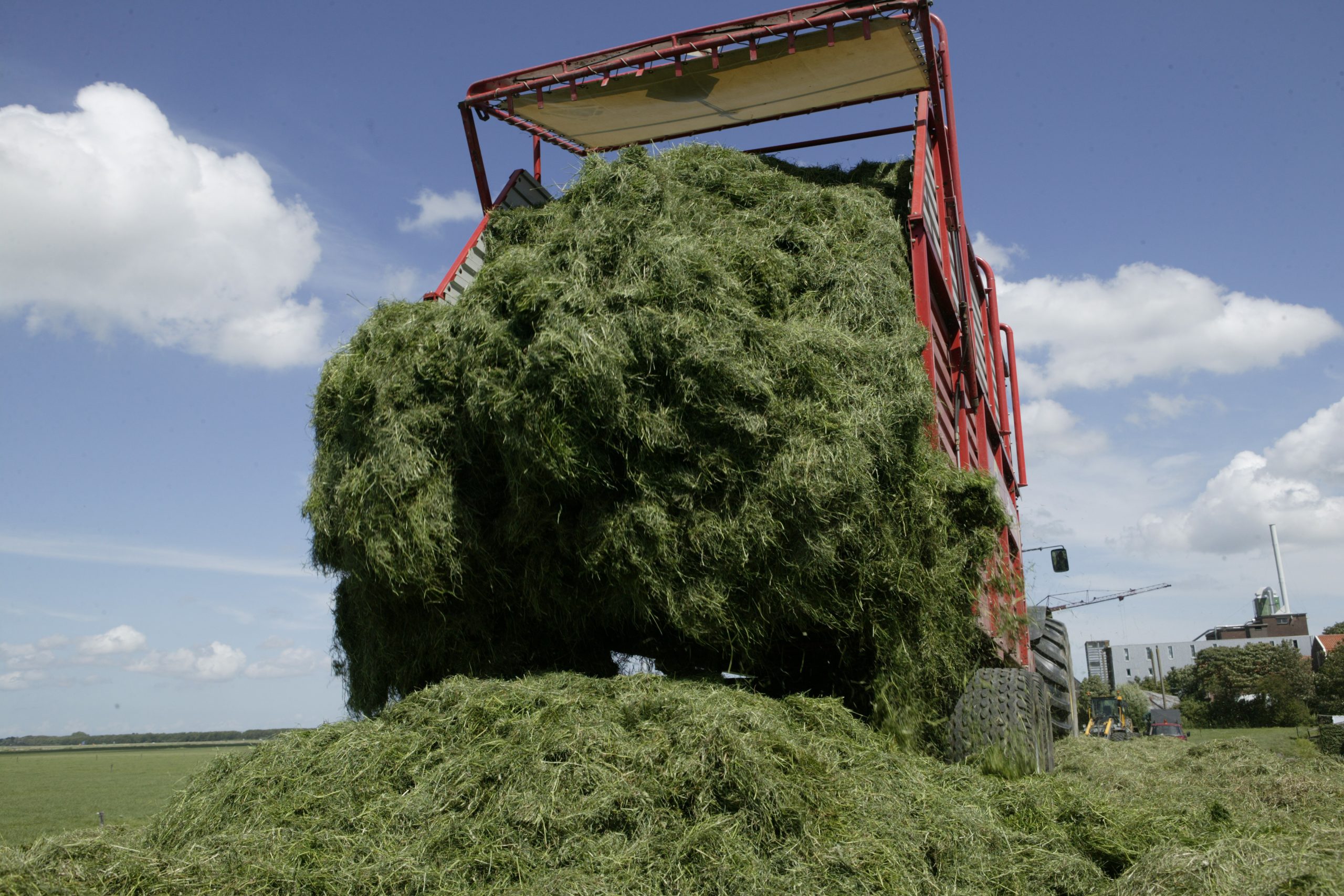Silage making: Watch the mycotoxins

Farmers are being urged to pay close attention to clamp management to reduce the potential for mycotoxin contamination, which poses a serious threat to animal health and performance, amid warnings that silage is a major source of contamination.
Penicillium moulds build up in the clamp
“While there’s potential for silage to become contaminated with several different types of mycotoxin producing moulds, including those originating from the field, we saw particularly high levels of penicillium moulds in the 2016 silage samples we tested,” says Louise Clarke, south west technical manager at Alltech. “Penicillium moulds build up in the clamp if conditions aren’t carefully controlled to ensure an anaerobic environment. They’re associated with the production of several different types of toxins, which are known to significantly impair rumen function resulting in acidosis type symptoms, such as diarrhoea. Subsequently, production drops, most notably yield and butterfat levels.”
Simple measures to consider
Simple measures, such as improved consolidation and better sealing of the clamp can significantly help reduce the risk of in-storage moulds developing, says Dr Dave Davies, from Silage Solutions UK. He advises that when rolling grass in the clamp, producers should aim to achieve a target density of 750 kg of fresh matter/m3 or 220-250 kg of dry matter/m3.
Keep forage layers no thinker than 15 cm
“A high density can be achieved by layering the forage in the clamp in layers no thicker than 15 cm and rolling each layer between loads. This will result in an aerobically stable silage, that shouldn’t heat up, therefore reducing the risks of mould growth and mycotoxin formation,” says Dr Davies. Following compaction, it’s important to sheet the clamp properly to ensure an air tight seal, he adds.

Mycotoxin Regulation Tool: This interactive tool gives you the regulations for mycotoxins per commodity per country.
Forming a firm seal
“I would advise using a side sheet, oxygen barrier film and top sheet. Sufficient top weight should then be applied to form a firm seal. The junction between the wall, the top sheet and the ramp, are often problem areas and require particular care,” says Dr Davies. “Silage remains the cheapest option for winter feed, however it’s critical that grass is harvested and ensiled properly, to ensure production of a high-quality feed that presents a low risk of mycotoxin contamination,” adds Miss Clarke.
Advised: Test for mycotoxins once clamp is open
“While taking precautions at harvest will lower the opportunity for contamination with mycotoxin producing moulds, it’s always advisable to carry out a mycotoxin test once the clamp is opened. Preferably, a sample should be taken from the total mixed ration (TMR), to give an accurate picture of the overall mycotoxin risk,” she concludes.

Keep up to date on mycotoxins: This interactive tool provides information on the impact on livestock health, A-Z of mycotoxins, plus the regulations for mycotoxins per commodity per country.











